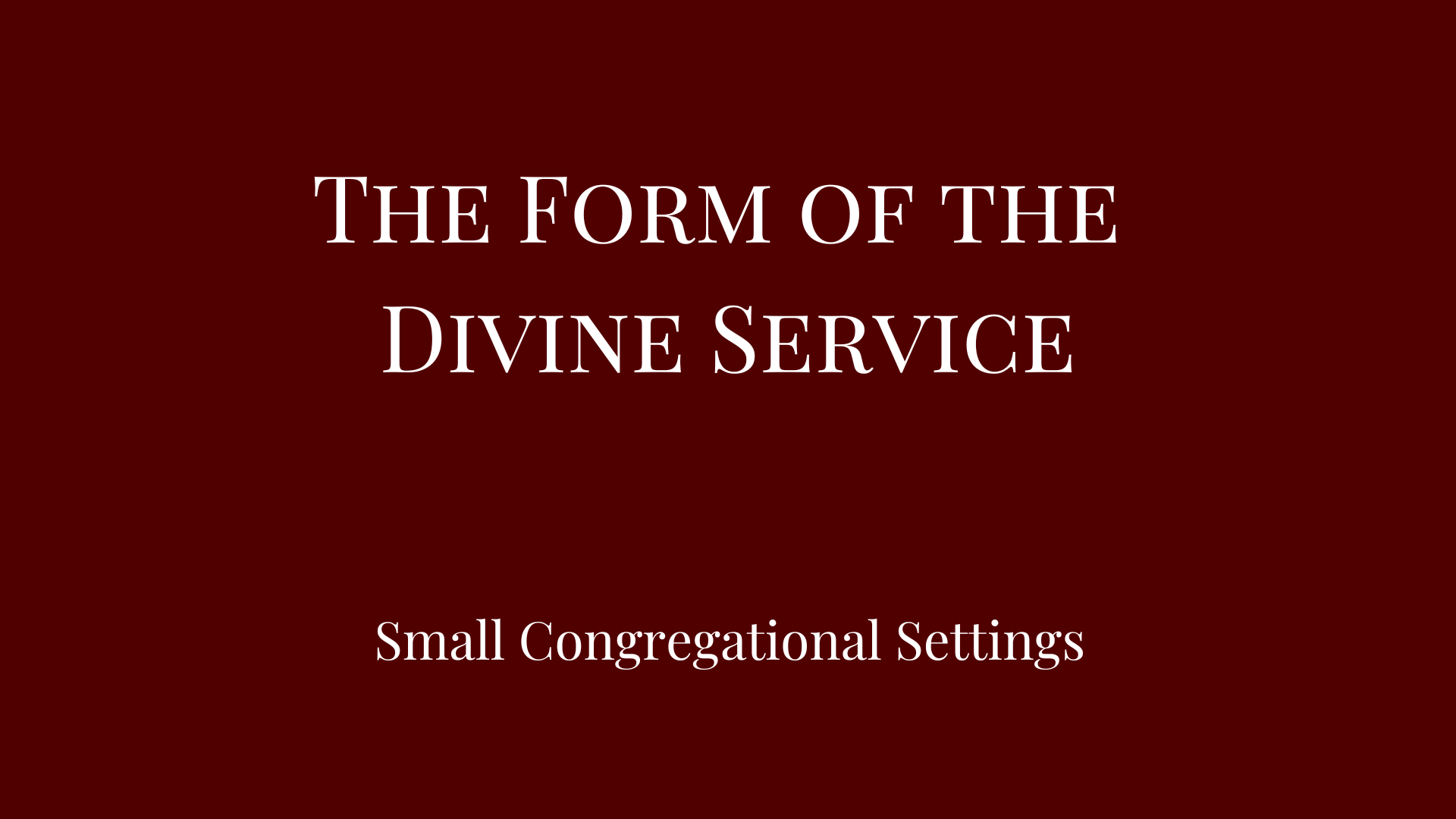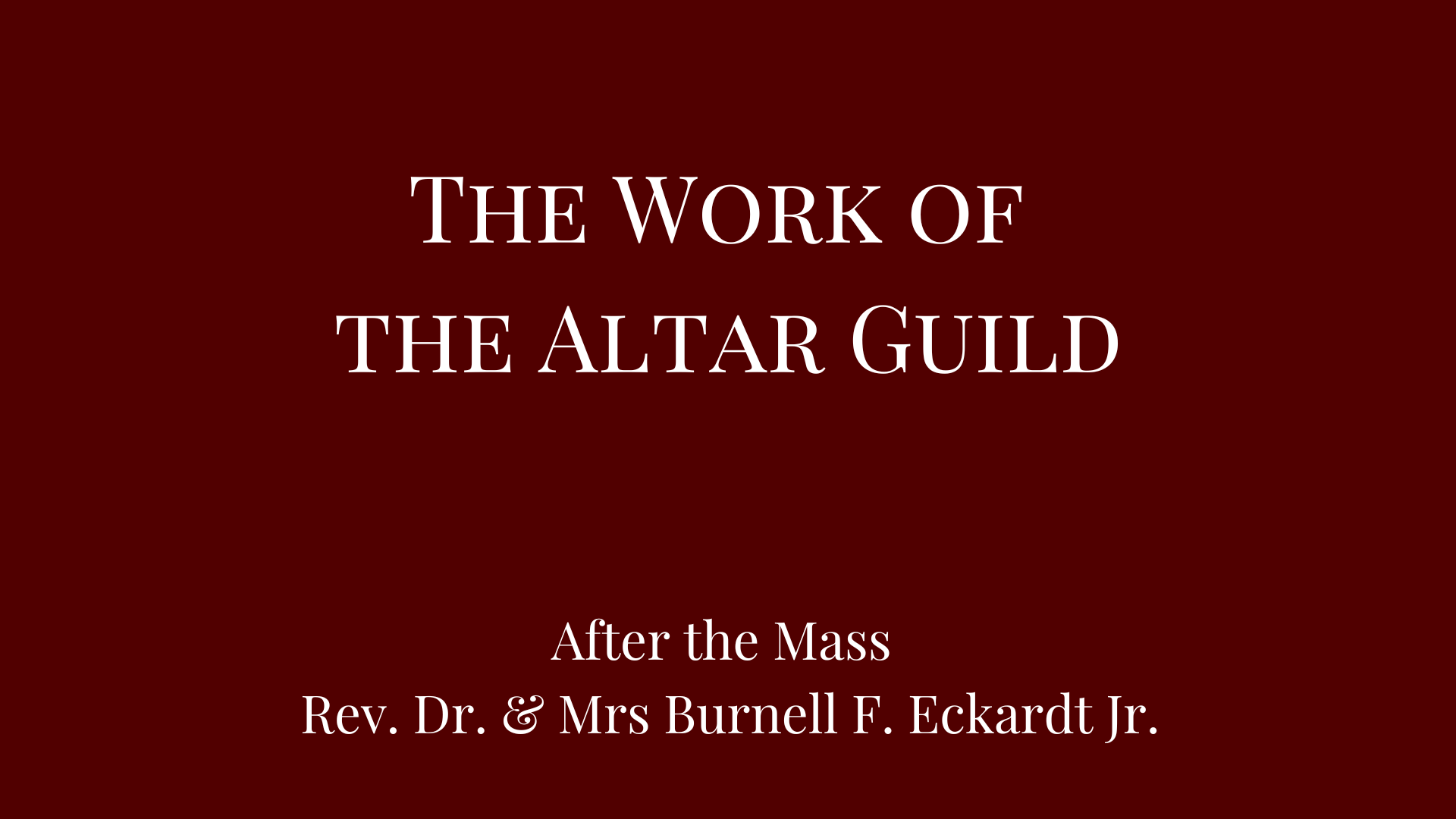In This Issue
The Results are In: Evangelical Style and Lutheran Substance are Not Compatible – Burnell F. Eckardt Jr.
The Strength of Youth and Wise Gray Heads: What the LCMS Needs Right Now – David H. Petersen
Why Rubrics? (Continued) – Mark P. Braden
The Three Estates: Let’s Try to Unravel a Knot – John R. Stephenson
The Perfect Family? – Karl F. Fabrizius
Plus Vesting Prayers and the 2026 Liturgical Calendar





Super Winkel in Ft. Wayne Monday Jan 19th! You never know who might show up but you know it will be edifying and fun.